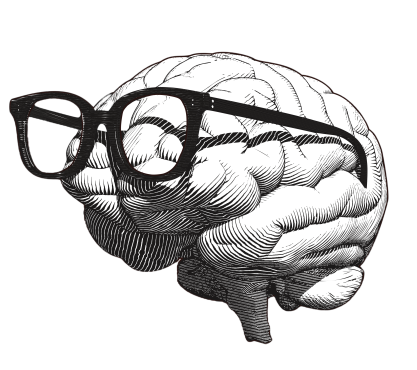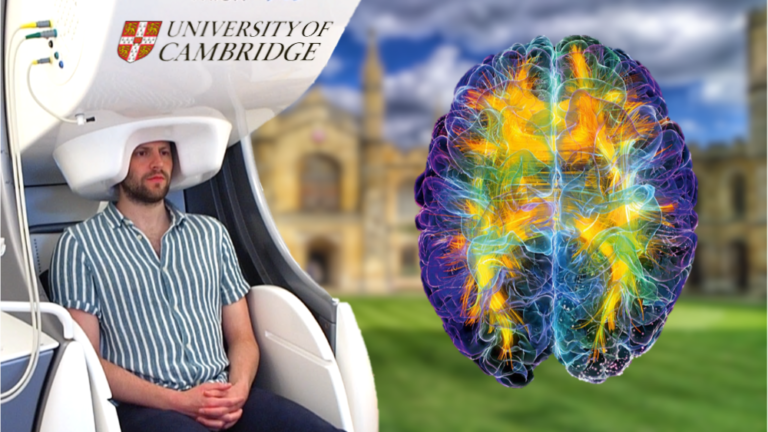ADHD and the Brain: Debunking Myths and Revealing Facts
Attention Deficit Hyperactivity Disorder (ADHD) is often misunderstood. Many believe it only affects children who cannot sit still, or that it is caused by poor parenting. Whilst in some cases this may be the case, these myths can mask the true nature of a condition that stems from complex brain processes. Scientific research has revealed that ADHD involves differences in how the brain manages attention, motivation, and impulse control. By understanding what ADHD is and how it develops, we can replace misconceptions with facts and compassion.
What is ADHD?
Defining ADHD
ADHD is a neurodevelopmental disorder that affects how the brain processes information and regulates behaviour. It involves patterns of inattention, hyperactivity, and impulsivity. Not everyone with ADHD shows all three features. Some individuals struggle mainly with focus, while others have more problems controlling their impulses. The condition can appear in childhood and often continues into adulthood.
Symptoms and Daily Life
Common symptoms include difficulty paying close attention to details, trouble staying organised, and frequently losing items. People with ADHD may find it hard to stay seated during meetings or feel restless when asked to wait. They can act impulsively, speaking out of turn or interrupting others. These behaviours can impact work, school, and relationships. However, ADHD is not about being lazy or rude. It reflects underlying differences in how certain brain circuits work.
What Causes ADHD?
Brain Chemistry and Structure
Research suggests that ADHD involves differences in the levels of certain brain chemicals, including dopamine and norepinephrine. These chemicals help control attention, motivation, and mood. When their balance is off, it can be harder to focus, stay organised, or resist sudden impulses. Brain scans also show that some areas controlling attention and self-control can be smaller or develop differently in people with ADHD. This does not mean damage or injury, but rather natural variation.
Genetics and Family History
Genes play a key role in ADHD. If a parent has ADHD, their child is more likely to have it too. This genetic link is not exact, but family history strongly influences the chances. Researchers have identified many small genetic variations that, when combined, increase the likelihood of developing ADHD. However, having these genes does not guarantee a person will have ADHD. It simply raises the odds.
Environment and Early Factors
Some non-genetic factors may also contribute. Difficulties during pregnancy or birth, such as low birth weight, exposure to toxins, or premature delivery, can affect brain development. Early childhood experiences might make symptoms more noticeable. Still, there is no single cause. ADHD emerges from a combination of genes, brain chemistry, and early life conditions.
A Complex Condition
Understanding these causes shows that ADHD is a true medical condition rooted in biology. It is not an excuse for bad behaviour or a label to apply lightly. By recognising its origins in the brain, we can focus on early intervention, better support, and effective treatments.
How Common Is ADHD?
Prevalence in Children and Adults
ADHD is one of the most common neurodevelopmental disorders. Estimates vary, but some studies suggest that around 5-10% of children may have ADHD. Boys are often diagnosed more than girls, although researchers suspect that many women remain undiagnosed. In adulthood, about 2-5% of people are believed to have ADHD.
Cultural Differences and Recognition
The rate of diagnosis differs between countries with studies showing a prevalence of ADHD over all regions of the world. In some places, more awareness and better diagnostic tools lead to higher reported rates. Some cultures are less likely to seek medical help or might attribute symptoms to personality. As knowledge spreads, diagnosis rates may become more consistent worldwide.
Conclusion
ADHD is a complex brain-based condition marked by real differences in how people focus, control impulses, and stay organised. It emerges from a mix of genetics, brain chemistry, and early developmental factors. Research has helped us uncover that ADHD is more common and diverse than many once thought.
Understanding the science behind ADHD reduces stigma. With proper diagnosis, effective treatments, and supportive environments, people with ADHD can succeed in all areas of life. For a deeper dive into the latest neuroscience findings on ADHD, I invite you to watch my latest YouTube video.
Thanks for reading and please comment on YouTube with any questions! Click here to see the other blogs and associated videos I have about neuroscience! 🙂
If you want to support this evidence based neuro-explainer content then feel free to buy me a coffee or become a patreon! 😊
References
1800’s Evidence – https://pmc.ncbi.nlm.nih.gov/articles/PMC4694551/
Low dopamine – https://link.springer.com/article/10.1007/s12035-012-8278-5
DMN – https://pubmed.ncbi.nlm.nih.gov/20728873/
Prevalence – https://www.ncbi.nlm.nih.gov/pmc/articles/PMC10551769/ MENA






